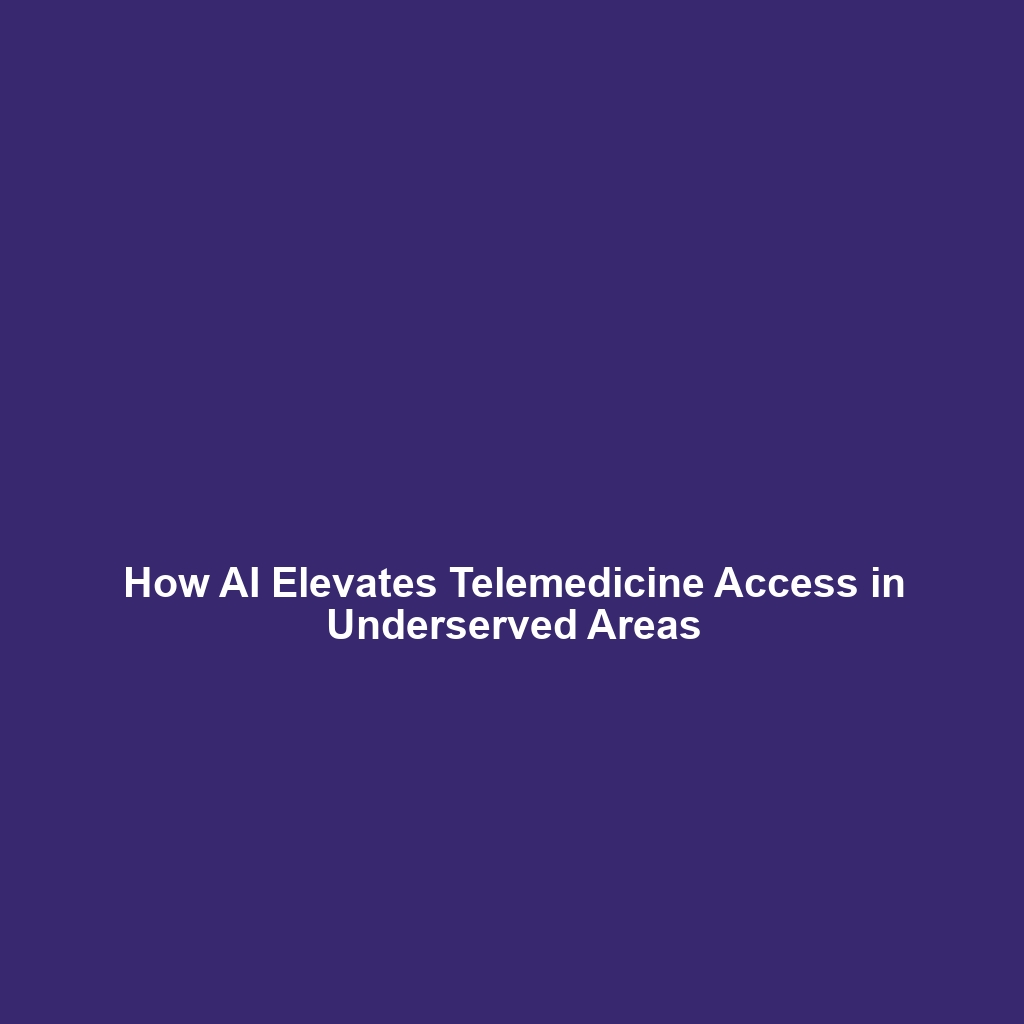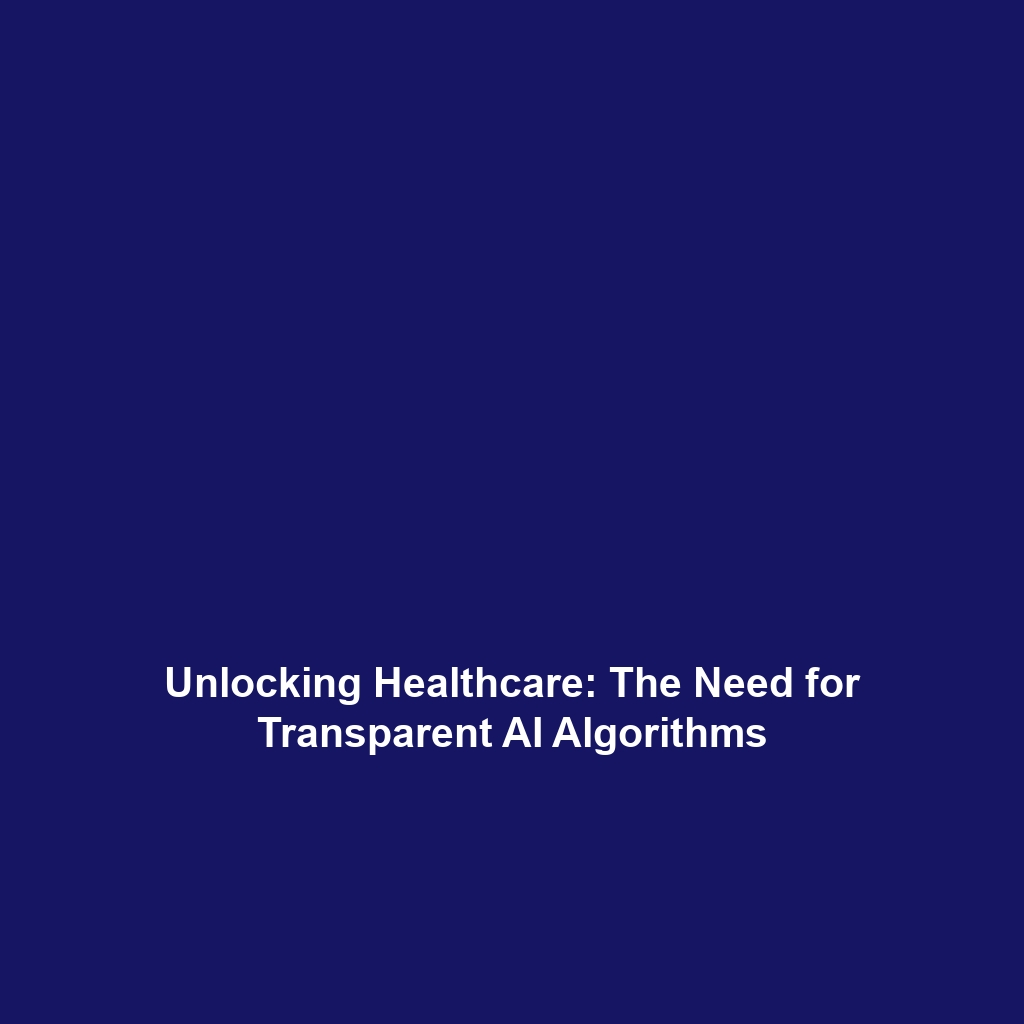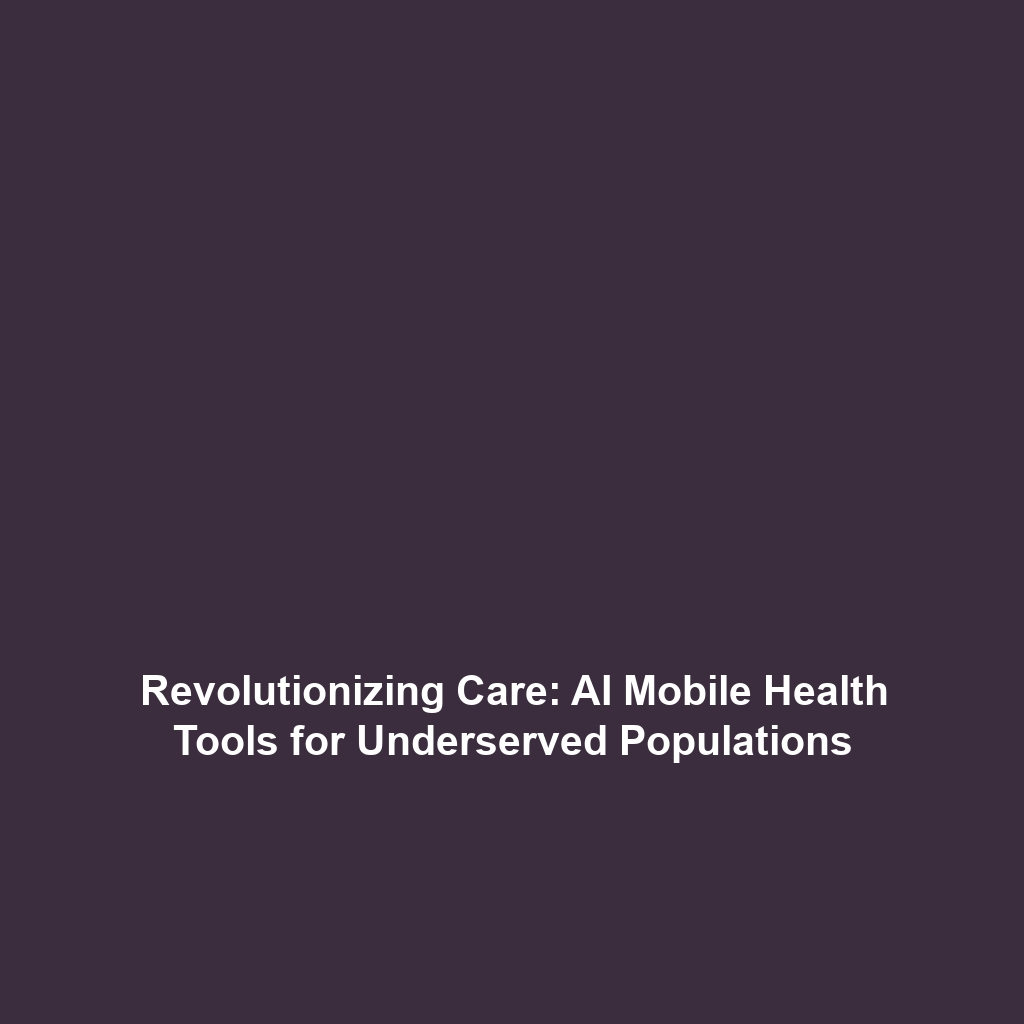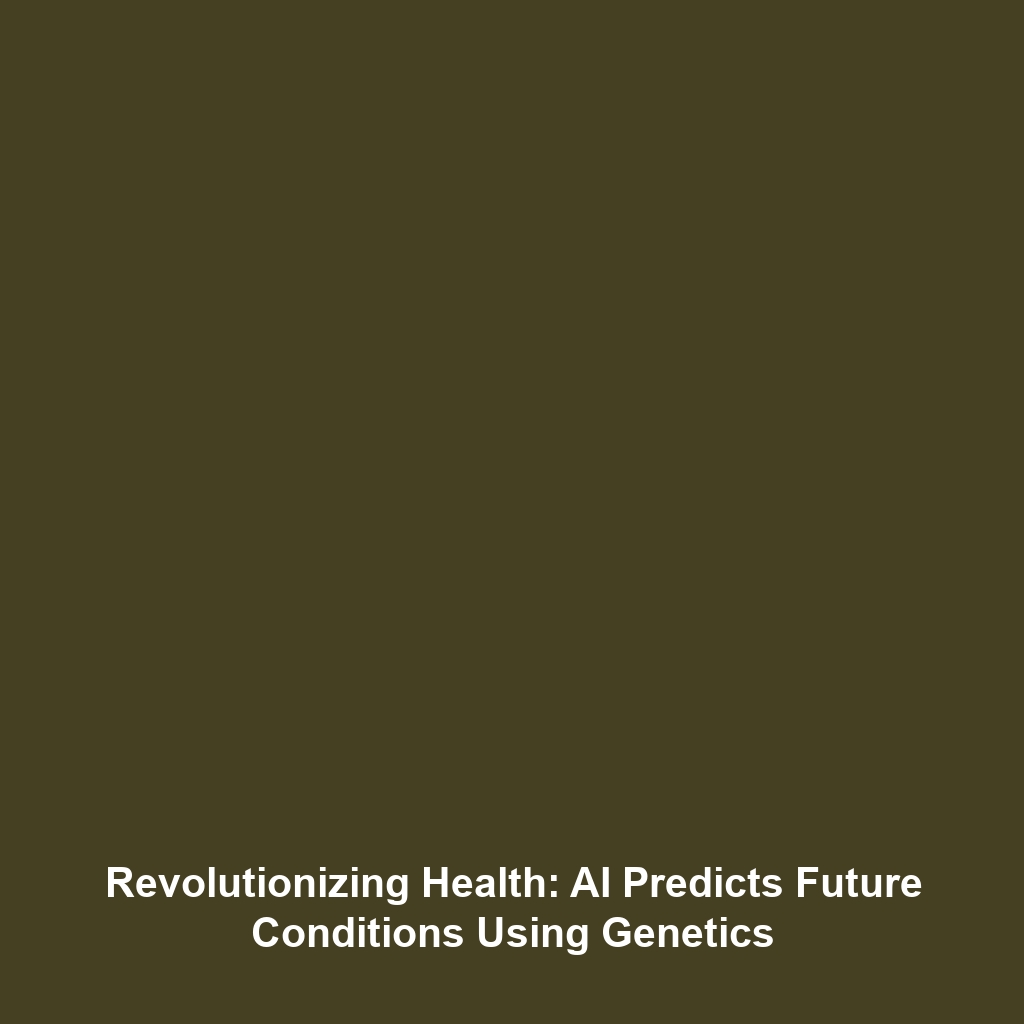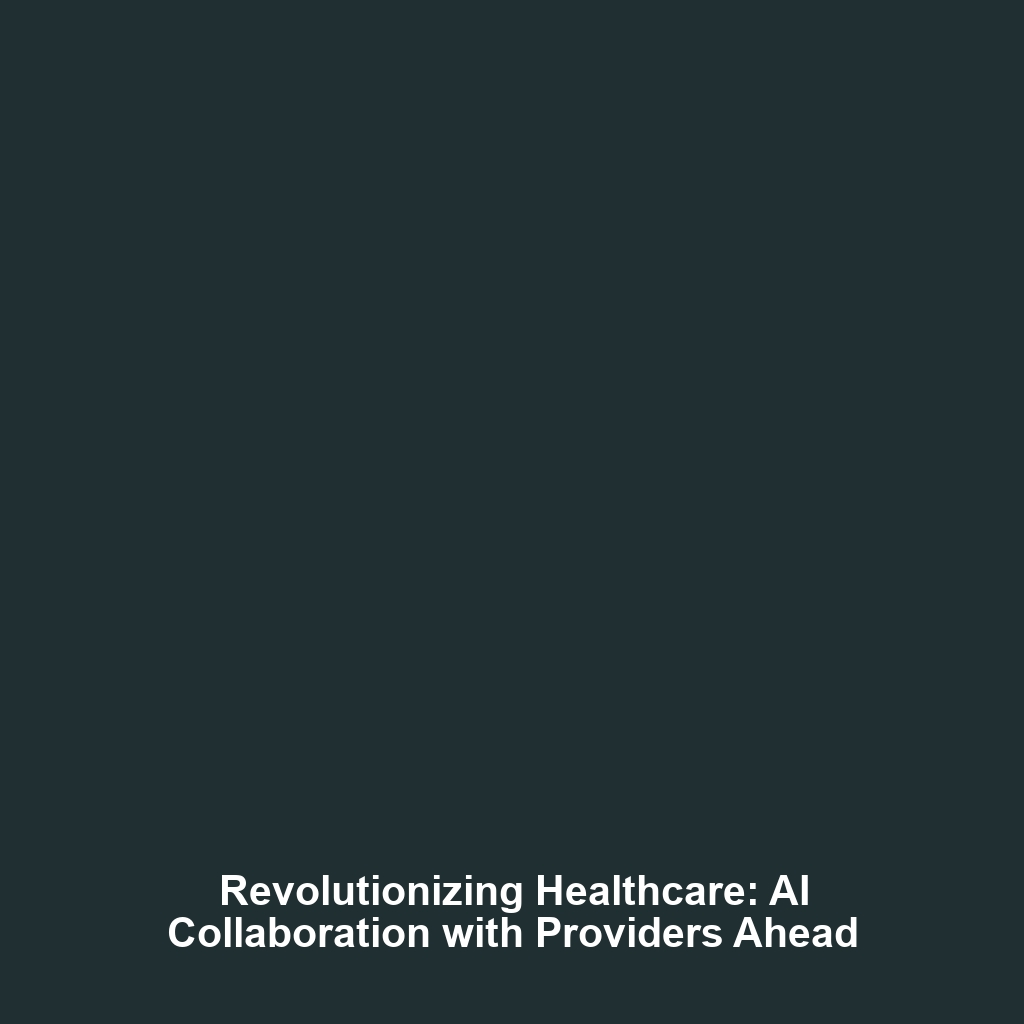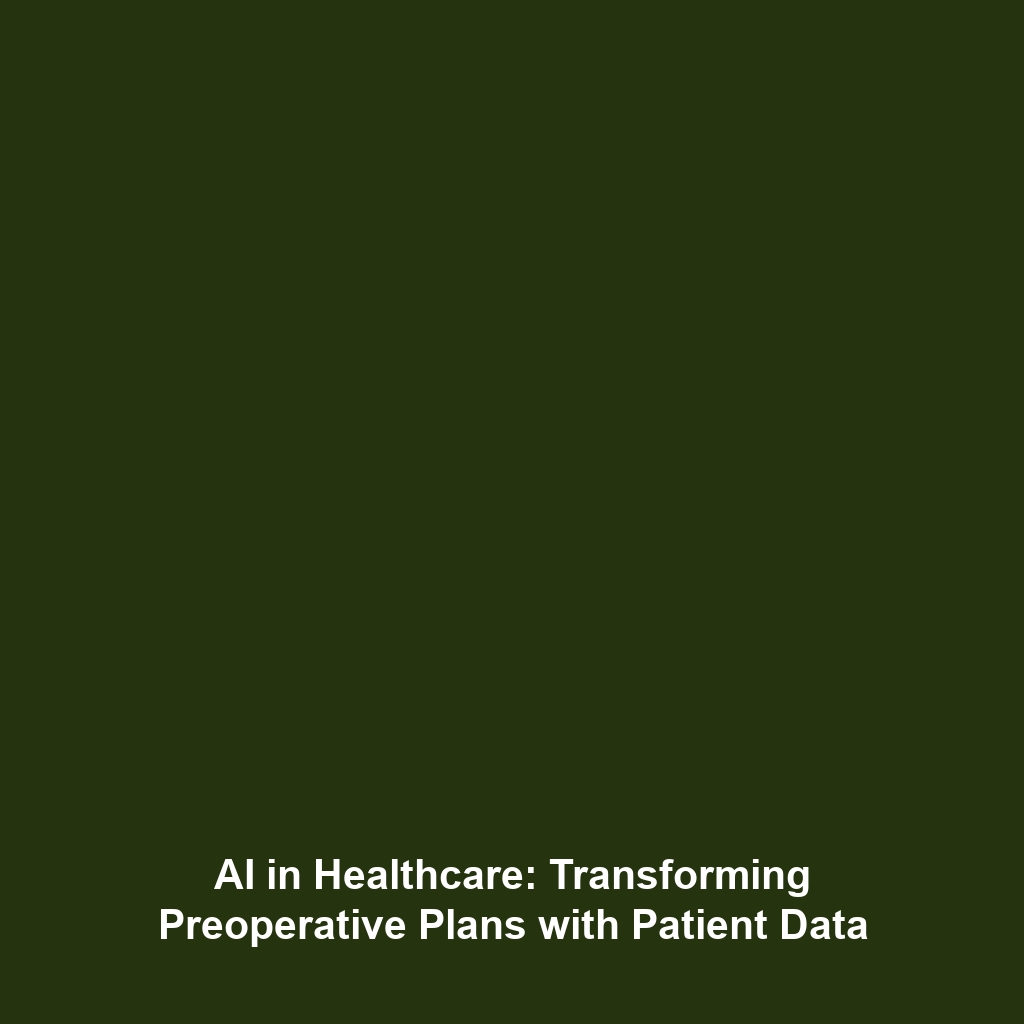Rights of Cryonics Patients: Legal Frameworks for the Future
Category: Cryonics & Life Extension
Introduction
The concept of cryonics—the practice of preserving individuals at extremely low temperatures with the hope of future revival—raises significant legal and ethical questions, particularly regarding the rights of cryonics patients. As technology progresses and more individuals choose this life extension method, society must develop legal frameworks to address the rights and responsibilities of those who may be revived. Understanding these rights is crucial in the broader context of advancing technologies in cryonics and life extension, potentially shaping future legislation and societal norms.
Key Concepts
Several key concepts emerge when discussing the rights of cryonics patients:
- Legal Personhood: The question of whether revived individuals possess the same legal rights as living persons.
- Informed Consent: Ensuring that individuals undergoing cryonics fully understand the process and its implications.
- Health and Safety Regulations: Establishing frameworks for the medical monitoring of cryopreserved patients.
Each of these principles offers a foundation for discourse on the rights of cryonics patients, emphasizing the need for clarity and structure as advancements in cryonics and life extension continue.
Applications and Real-World Uses
The implications of legally recognized rights for cryonics patients are significant:
- Legal Framework Development: Establishing laws protecting the rights of individuals who choose cryonics affects how patients and companies interact.
- Ethical Guidelines: As cryonics becomes more common, developing ethical guidelines can prepare society for the eventual revival of preserved patients.
The focus on how the rights of cryonics patients shape the future of life extension is crucial as we navigate these advancements in technology and ethics.
Current Challenges
There are several challenges in studying and applying legal frameworks for cryonics patients:
- Legal Uncertainty: Current laws do not adequately address the status of individuals in cryopreservation.
- Ethical Dilemmas: Questions surrounding the ethical treatment of revived individuals and their societal reintegration.
- Technological Limitations: The current state of technology may not guarantee successful revival, which complicates legal considerations.
Future Research and Innovations
Emerging research and technological innovations will further influence the rights of cryonics patients:
- Advancements in Preservation Techniques: Improved methods in cryopreservation may lead to better outcomes for revived individuals.
- Legal Precedents: Cases and rulings in the legal system may shape the conversation around personhood and rights.
As researchers continue to explore these areas, the potential for breakthroughs in technologies that could redefine cryonics patients’ rights looms large.
Conclusion
The rights of cryonics patients are a crucial area of inquiry as technology progresses in cryonics and life extension. Establishing legal frameworks is not just essential for protecting individuals but is also necessary for the ethical and practical integration of revived persons back into society. It is imperative that stakeholders in the cryonics community, legal experts, and medical professionals collaborate to create comprehensive policies that address these emerging challenges.
For further reading on related topics, consider exploring our articles on Ethics in Cryonics and Future of Life Extension Technologies.

